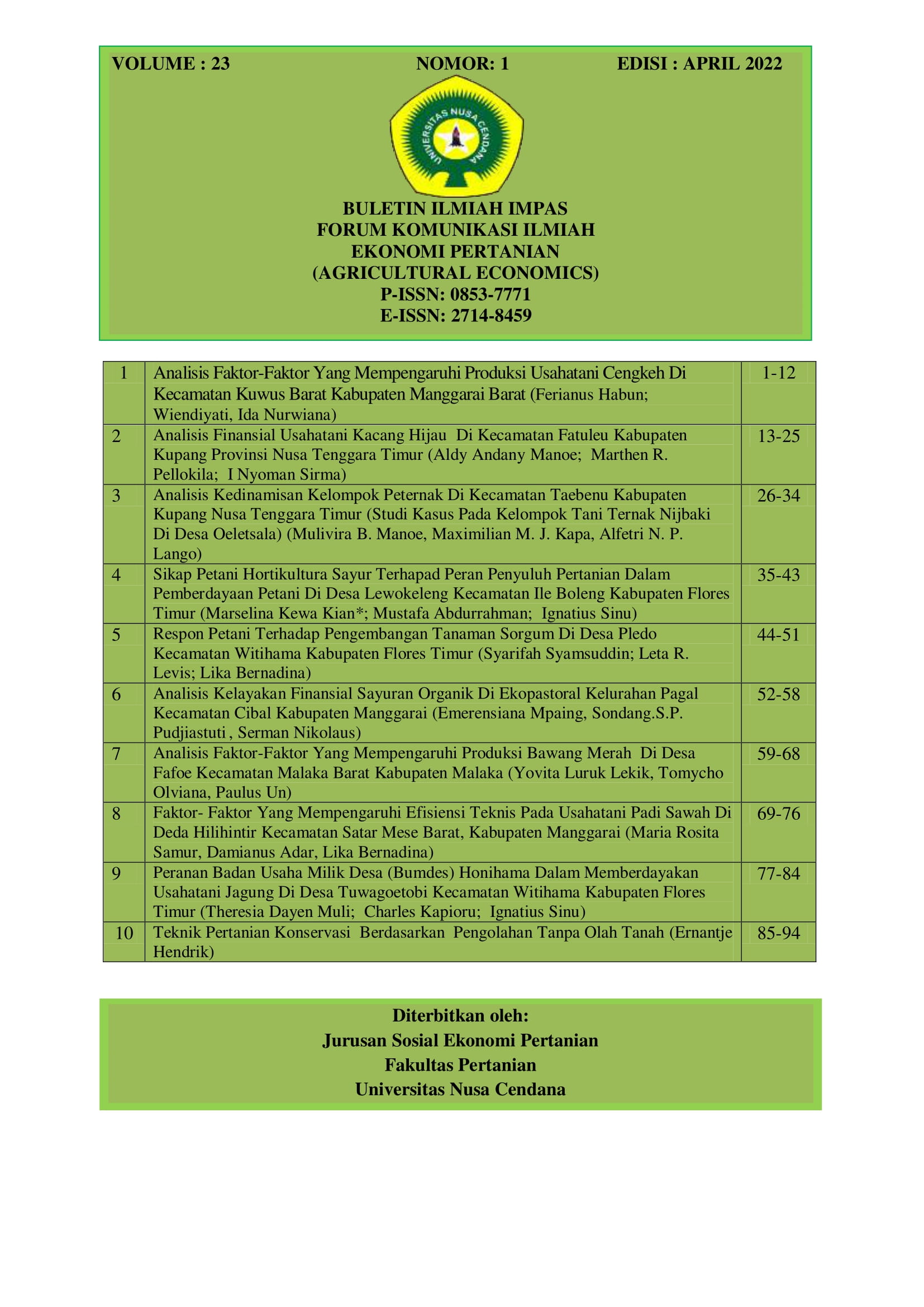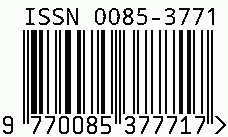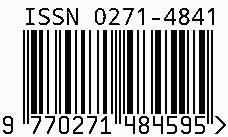TEKNIK PERTANIAN KONSERVASI BERDASARKAN PENGOLAHAN TANPA OLAH TANAH
Conservation Agricultural Technology Based on Zero Tillage
Abstract
To support sustainable agriculture, technology and practices that have been proven relevant to increase production and environmental sustainability are needed. Conservation agriculture (CA) with three main principles, namely zero tillage (ZT), the use of cover crops and crop rotation has spread throughout the world, but by applying 1 or 2 of the three principles and on a very diverse land area, it has been proven to increase production yields in various places in the world (Fao, 2015a; Hobbs, 2012; FAO, 2014 in Hendrik et al, 2021). ZT with residue retention uses rainfall more efficiently and results in a more robust agronomic system than practices involving conventional tillage CT or ZT with residue removal. while conservation agriculture with zero tillage treatment and no residue retention gives lower yields than conventional farming practices (Verhulst et.al, 2011 in Romero-Perezgrovas, et al 2014). Conservation agriculture according to Derpsch et al, 2016, is based on diversification through crop rotation and cover crops and on fixed application without tillage. The results show that removing residues can reduce yields and reduce returns on ZT economic yields (Derpsch et al ,2014) . Planting without tillage (ZT) which is not combined with ground cover gives poor production performance (Ashburner, 1984 in Derpsch et al, 2014). In areas with low rainfall, the highest yields were obtained from ZT and the use of crop residue retention, in contrast to the conventional system (CT), and the lowest yields were obtained in the absence of ZT and did not use residues. Similar results were also found in rainfed land, wheat and maize yields were drastically reduced when the residue was removed from the no till system (ZT). This means that the residue produced in many small-scale farms is not only low but also has many competing uses (Magnan et al., 2012; Valbuena et al., 2012; Tittonel et al., 2007). The majority of farmers use crop residues as animal feed (Hendrik, et al, 2021). Or crop residues are only burned in corn fields. For successful farming with conservation farming techniques, at least a combination of no tillage (ZT) and the use of crop residues as ground cover or crop rotation is required.

 Ernantje Hendrik(1*)
Ernantje Hendrik(1*)















